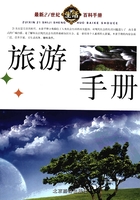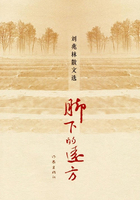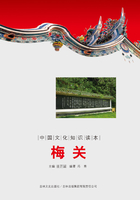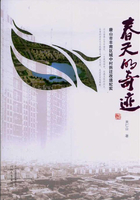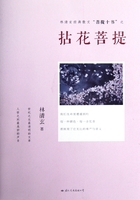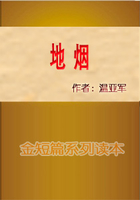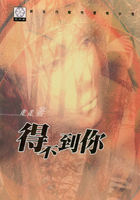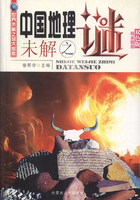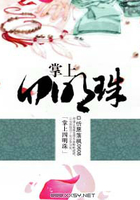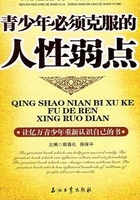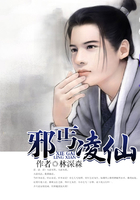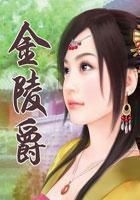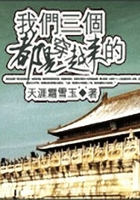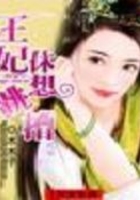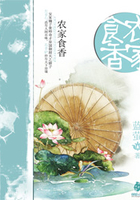中国画简称“国画”,是中国各族人民共同创造的传统绘画。中国画属于东方绘画体系,有鲜明的中华民族特色。本篇介绍的内容是源远流长的中国画及其艺术特点。
1.中国画是何时起源的?
What is the origin of traditional Chinese painting?
When did Chinese painting start? Who started Chinese painting? It is hard to trace it back to its roots. For thousands of years, this issue has puzzled historians and scholars in the field of the history of Chinese arts. Many historians think that Chinese character writing and painting have the same origin. In ancient China, characters began as simple drawings of natural objects—trees, water, mountains, horses and human beings. They were engraved on pottery, bones, bronzes or mountain rocks. Some pottery vessels were painted with decorative patterns or human faces, animals and plants. Experts believe that these pictographic symbols may be the earliest forms of Chinese written characters. According to this view, these symbols constituted primitive Chinese painting and date from the Neolithic Period, around 6,000 to 7,000 years old ago.
Records of Famous Paintings of Dynasties (《历代名画记》) by Zhang Yanyuan (张彦远) of the Tang Dynasty said that Chinese painting originated in the legendary period and that pictographic symbols unified painting and character writing. In his view, only when pictographic symbols and character-writing split, did Chinese painting start to become an independent art.
Notes:1)puzzle使迷惑;2)historian历史学家
2.你如何理解传统中国画艺术?
How can you understand the art of traditional Chinese painting?
Chinese painting is a pure art. It is lyrical enough to stand on an equal footing with poetry and contemplative thought. It has incomparable refinements of design and reveals subtle insights into nature and human beings. Painting in the traditional style involves essentially the same techniques as calligraphy. It is done with a brush dipped in black or colored ink; oils are not used. The line drawn by a brush has remained the core medium of Chinese painting throughout its history. Painters give ever-greater emphasis to the brush-line itself, taking it as their primary descriptive and expressive means.
In dynastic times, painting and calligraphy were the most highly appreciated arts in court circles and were produced almost exclusively by amateurs-aristocrats and scholar-officials who alone had the sensibility and leisure to perfect the technique necessary for great brushwork. A piece of painting normally consists of the painting itself, calligraphic writing and seal stamps. As with calligraphy, paintings by famous painters have been greatly valued throughout China’s history. They are mounted on scrolls which can be hung or rolled up, but some are done in albums or on walls, lacquerwork, and other media.
Notes:1)lyrical抒情诗般的;2)contemplative沉思的;3)in-
comparable无可匹敌的;4)refinement优雅;5)essentially实质上;本
来;6)expressive有表现力的;7)album相簿;8)media媒介物
3.你能够简单介绍一下中国传统绘画的历史吗?
Can you give a brief introduction of the history of
traditional Chinese painting?
Chinese painting originated in the remote period, dating back to 6,000 to 7,000 years ago. At the primitive stage, from the Shang and Zhou dynasties to the Spring and Autumn Period and the Warring States Period, paintings decorated bronze ritual vessels and other bronze wares; and the concept of“beauty”was first applied, not to art, but to ancestral sacrifices.
Paintings on silk first appeared during the Warring States Period. But after the invention of paper in the 1st century A. D., silk was gradually replaced by this new, cheaper material.
Wall painting developed during the Qin and Han dynasties. Apart from wall paintings in palaces and temples, there were a great number of Chinese murals in the tombs of that period. During the Three Kingdoms Period, the main subject of painting was Buddhist figures and paintings executed according to Daoist concepts.
Beginning in the Tang Dynasty, the landscape painting came to the fore. The purpose was not to reproduce exactly the appearance of nature, but to grasp an emotion or atmosphere in such a way as to catch the“rhythm”of nature. In the Song Dynasty, landscapes of more subtle expression appeared. Emphasis was placed on the spiritual qualities of the painting and on the ability of the artist to reveal the inner harmony between human and nature.
The Yuan Dynasty is known for its outstanding ink-wash paintings. During the Ming and Qing dynasties, painting developed along two distinct lines. One, represented by Wang Shimin (王时敏) and Wang Jian (王鉴), faithfully followed old masters. The other, represented by Zhu Da (朱耷) and the Yangzhou School (扬州画派), emphasized the expression of personal feeling. The latter’s unique endeavors and appealing taste have been accepted by famous modern artists like Qi Baishi (齐白石), Xu Beihong (徐悲鸿) and Pan Tianshou (潘天寿).
Notes:1)ancestral祖先的;2)landscape风景;3)fore前部;4)atmosphere气氛;5)ink-wash水墨的
4.什么是“文人画师”?
What are literati painters?
Literati painters were amateurs. They painted as a means of self-expression, much as the same way they wrote poetry; both forms were the inheritance of the Neo-Daoist era of the Six Dynasties. Many fewer literati were accomplished painters than poets; but there were always many literati who painted on the side, while serving as scholar-officials.
Literati painting was conceived as mode through which the Confucian junzi (君子, noble person) expressed his ethical personality. It manifests concern little for technical showiness. Literati painters specialize in plain ink paintings, sometimes with minimal color. They emphasize the idea that the style with which a painter controls his brush conveys the inner style of his character. Brushstroke is seen as an expression of the spirit more than matters of composition or skill in realistic depiction.

